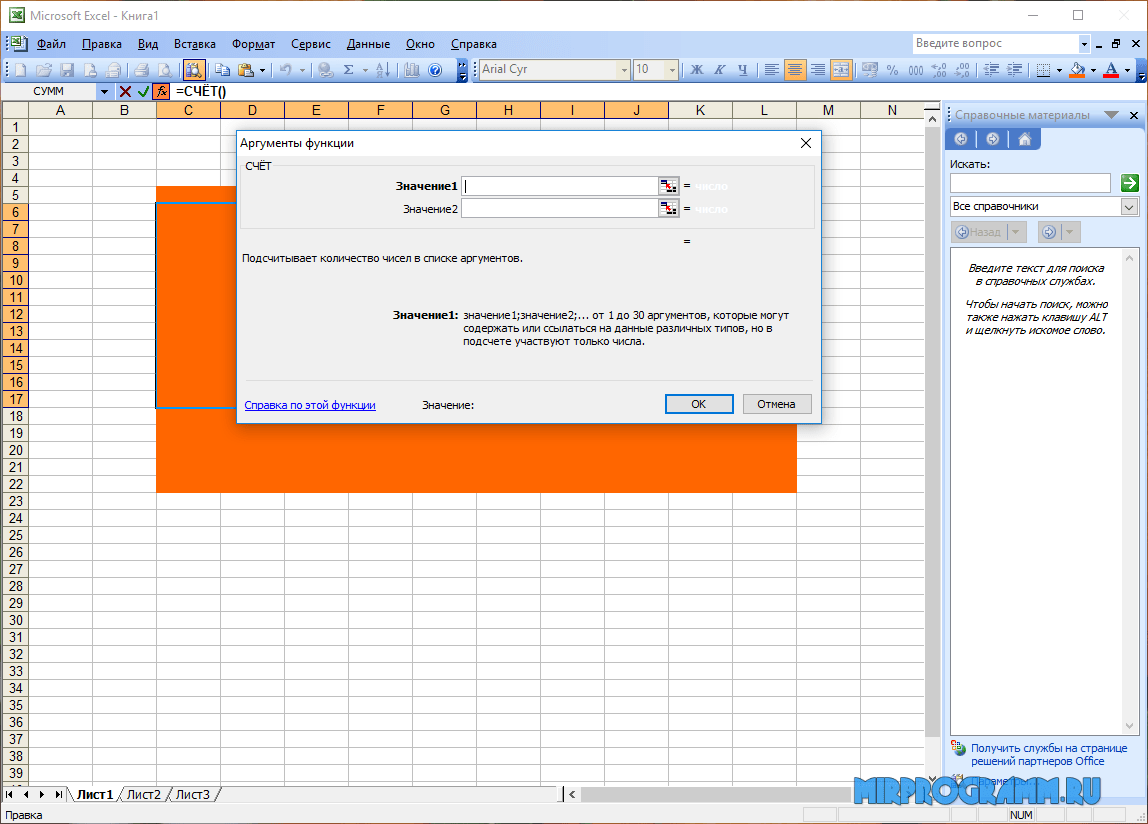Edit: The tos.rtd is in my 'inactive application add ins' list but there is no option to activate it? Running Excel 2013 on windows 10. Ok so its specifically a problem with Excel 2013 not wanting to use the rtd plug-in. Many hours fighting RTD not working in Excel 2013 64-bit. TTMSqueeze Description. The Squeeze indicator measures the relationship between two studies: Bollinger Bands® and Keltner's Channels. When the volatility increases, so does the distance between the bands, conversely, when the volatility declines, the distance also decreases.
Many may not know it, but thinkorswim provides users the ability to access real time data (RTD) in excel. This is a great feature that a lot of data-streams ask their customers to pay a pretty penny for each month. Unfortunately, not many people know how to leverage the the functionality as it is pretty limiting out of the box.- DDE and RTD are two different mechanisms that allow Excel to talk with the outside world. Specifically, DDE ( Dynamic Data Exchange ) is an older technology that links Microsoft products and RTD ( Real-Time Data ) retrieves real-time data from a program that supports COM automation but there’s overlap for what we’re trying to do.
- There are multiple ways to do this. One way might be to create a setter function the opposite of getAggregationPeriod. SetAggregationPeriod(whatevertimeframe) Let's band together in a constructive fashion and ask TOS for some additional functions in the thinkscript language. Click here for ThinkOrSwim Live chat with Tech Support.
- I am using Excel for Mac 2004 with OS X Tiger (10.4.10). I have read the previous posts here and tried their suggestions, but no matter how I try to Format Number in my minutes & seconds column, and no matter how I enter the data, Excel converts everything to HH:MM AM/PM format in the formula bar, and displays it as a value that is the result.

First, install the xlwings module. Load up your python IDE of choice.
Excel For Mac Rtd Functions Think Or Swim Suit
I was talking with a workmate of mine and he mentioned that he is a swimming coach.
He told me that it’s difficult to record swimming times in Excel.
His approach was to record Minutes, Seconds and Splits (Split Seconds) as separate columns. Now, I can only imagine what sort of frustrating (if not impressive!) formulas this led to.
I explained to him that Excel can store Split Seconds right out of the box.
Just format the cell as mm:ss.00
Great! That’ll work.
Being the thinker, he suddenly realised typing in the times would be even more difficult than before. It’s that fiddly colon key :
“Is there a way to type the times with a decimal point as a separator?” he asked.
Fair enough question. His times on paper are written as dot separated.
How To Use Rtd Excel
Fun! Let’s write a formula!
I figured out there were 3 formats of time:
23 which means 23 seconds
23.45 which means 23.45 seconds
1.23.45 which means 1 minute and 23.45 seconds
The hour portion of the time is never reached.

Rtd In Excel
So for a time typed into A1, the following formula turns it into an Excel time.
=IF(LEN(A1) – LEN(SUBSTITUTE(A1, “.”, “”)) = 2, TIMEVALUE(“00:” & SUBSTITUTE(A1, “.”, “:”, 1)), TIMEVALUE(“00:00:” & A1))
Again, the cell has a custom format of mm:ss.00